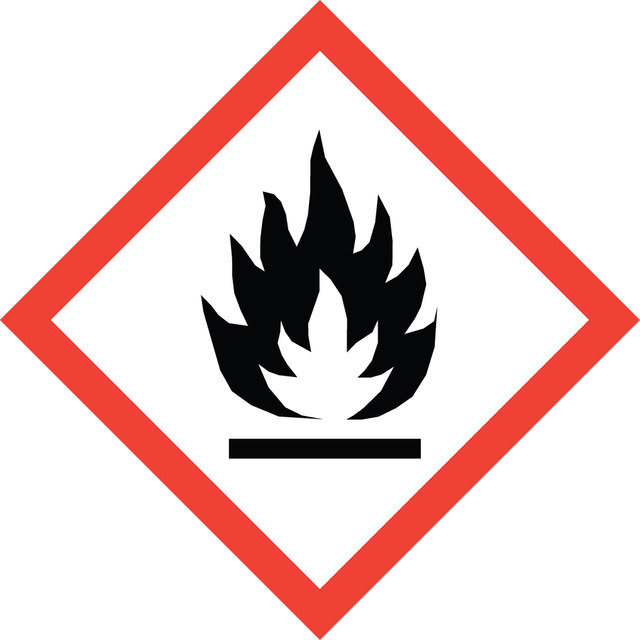Sign In to View Organizational & Contract Pricing
Select a Size
About This Item
Linear Formula:
CH3OC6H5
CAS Number:
Molecular Weight:
108.14
Beilstein:
506892
EC Number:
MDL number:
UNSPSC Code:
12352112
eCl@ss:
39023603
PubChem Substance ID:
NACRES:
NA.21
Assay:
99%
Bp:
154 °C (lit.)
Vapor pressure:
10 mmHg ( 42.2 °C)
vapor density
3.7 (vs air)
Quality Level
vapor pressure
10 mmHg ( 42.2 °C)
product line
ReagentPlus®
Assay
99%
form
liquid
autoignition temp.
887 °F
expl. lim.
0.34-6.3 %
dilution
(for general lab use)
refractive index
n20/D 1.516 (lit.)
bp
154 °C (lit.)
mp
−37 °C (lit.)
density
0.995 g/mL at 25 °C (lit.)
SMILES string
COc1ccccc1
InChI
1S/C7H8O/c1-8-7-5-3-2-4-6-7/h2-6H,1H3
InChI key
RDOXTESZEPMUJZ-UHFFFAOYSA-N
Looking for similar products? Visit Product Comparison Guide
Related Categories
General description
Anisole can be obtained from the reaction between methyl formate and sodium phenolate or potassium phenolate at high temperature and pressure.
Application
Anisole has been used as a dopant to improve the sensitivity of photoionization at atmospheric pressure, which can be used as a source in the detection of nonpolar compounds using liquid chromatography coupled with mass spectrometry. It has also been used to improve the molecular fragmentation which further increases the background signal intensity in hyperthermal surface ionization source, when coupled with time-of-flight mass spectrometer.
Legal Information
ReagentPlus is a registered trademark of Merck KGaA, Darmstadt, Germany
Signal Word
Warning
Hazard Statements
Precautionary Statements
Hazard Classifications
Flam. Liq. 3 - STOT SE 3
Target Organs
Central nervous system
Storage Class Code
3 - Flammable liquids
WGK
WGK 2
Flash Point(F)
109.4 °F - closed cup
Flash Point(C)
43 °C - closed cup
Regulatory Information
危险化学品
This item has
Choose from one of the most recent versions:
Already Own This Product?
Find documentation for the products that you have recently purchased in the Document Library.
Adolfsson H, et al.
Science of Synthesis: Houben-Weyl Methods of Molecular Transformations, 37 (2014)
"A silica-based monolithic column in capillary HPLC and CEC coupled with ESI-MS or electrospray-atmospheric-pressure laser ionization-MS"
Droste S, et al.
Electrophoresis, 26(21), 4098-4103 (2005)
"Hyperthermal surface ionization in a time-of-flight mass spectrometer"
Weickhardt C and Draack L
Eur. J. Mass Spectrom., 6(4), 319- 323 (2000)
Adam F Lee et al.
Dalton transactions (Cambridge, England : 2003), 39(43), 10473-10482 (2010-10-05)
Size-controlled, catalytically active PVP-stabilised Pd nanoparticles have been studied by operando liquid phase XAS during the Suzuki cross-coupling of iodonanisole and phenylboronic acid in MeOH-toluene using KOMe base. XAS reveals nanoparticles are stable to metal leaching throughout the reaction, with
Shouhui Zhang et al.
The Journal of organic chemistry, 75(19), 6732-6735 (2010-09-09)
A CuI-catalyzed direct access to sulfides from disulfides via C-H bond cleavage of di- or trimethoxybenzene is described. The procedure utilizes O(2) as a clean and cheap oxidant. Direct selenation of the C-H bond also took place under this procedure.
Our team of scientists has experience in all areas of research including Life Science, Material Science, Chemical Synthesis, Chromatography, Analytical and many others.
Contact Technical Service
